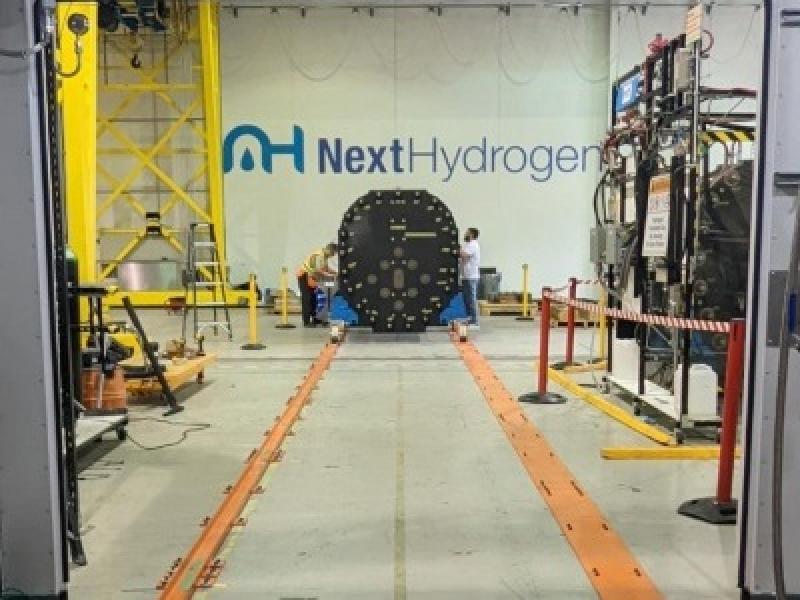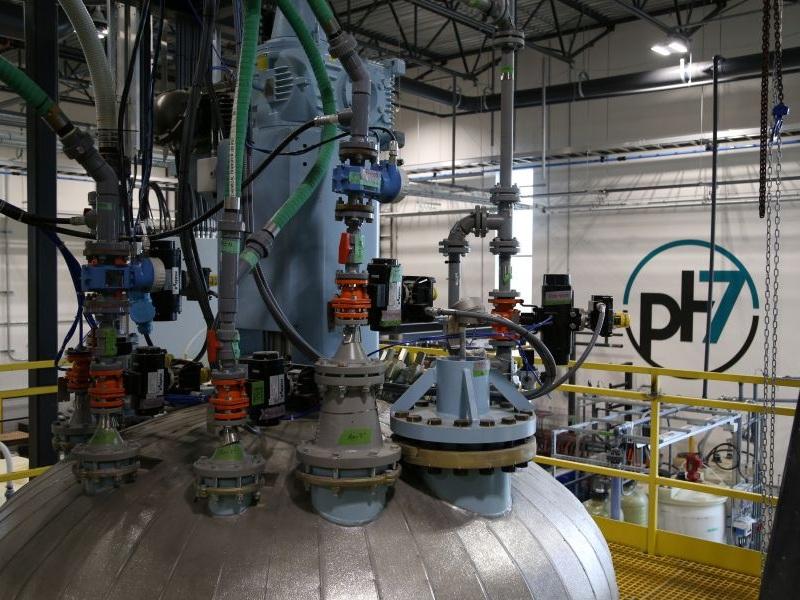
The use of plastics in the Canadian construction sector is under-reported and under-managed, according to a study by non-profit Light House, with room for improvement in both data collection and waste diversion.
The Vancouver-based organization came to that conclusion following its Construction Plastics Initiative Benchmarking Study, which it calls the first national effort to evaluate plastics in Canadian construction projects at scale.
Plastic is used for a range of needs on construction sites, including packaging, flooring, piping and protective wraps. The plastic waste generated by construction is frequently missed by recycling programs and has a disproportionately high carbon intensity relative to its weight.
Light House analyzed plastic waste diversion rates from 253 LEED-certified construction projects in seven provinces completed between 2009 and 2019. The amount of plastic recovered, recycled or otherwise diverted from landfill per building type ranged from an average of 1.1 to 2.7 kilograms per square metre of floor space.
To illustrate the level of diversion, Light House calculated that constructing the St. George campus of the University of Toronto would have ended up diverting 291 tonnes of plastic. For the Hospital for Sick Children in Toronto, 700 tonnes of plastic would have been diverted.
“Think about the number of construction projects and renovation projects that are going on across the country, and you get the idea of the magnitude we’re talking about,” Gil Yaron, managing director of circular innovation at Light House, said in an interview with Sustainable Biz Canada.
Sites not operating under sustainable practices could be sending all, or significant portions, of their plastics waste to landfills.
Setting a benchmark
An often “ignored material in the whole equation around construction,” Light House identified a lack of data on both the generation and diversion of plastic waste in construction. With the latest study, it sought to set a baseline for future projects and suggest solutions for the construction sector to better manage these plastics, Yaron said.
The intent with the study was not to "capture the full scale of plastic use on construction sites," but "instead reflect what was successfully tracked and diverted."
Light House obtained data from the Canada Green Building Council, which oversees LEED certifications in Canada, for the study. As the database does not separately track plastic waste, Light House looked at 253 projects where material-specific data was disclosed by companies.
The non-profit organization then determined if there were statistically significant differences in plastic waste diversion per square metre of floor space across categories such as which province the building was located in, the asset class and when construction was finished.
The study found signs of a difference in diversion intensity between asset classes. Institutional buildings had the highest at an average of 2.71 kilograms per square metre, followed by residential (2.42) and commercial buildings (1.94).
Light House speculates institutional buildings ranked the highest due to “the nature of what’s in those buildings,” Yaron said, such as specialized equipment.
The only statistically significant difference by province was between Alberta and Quebec, with projects in Alberta having lower diversion intensities than in Quebec. The report suggests factors such as supply chains, waste infrastructure and policy frameworks could have made a difference.
Also, the non-profit found 2015 stood out as having a significantly higher plastic waste diversion intensity compared to previous years. Light House suggests it may have to do with factors such as evolving material packaging practices and 2015 being a particularly high year for plastic disposal overall.
The lack of data stood out to Light House throughout the study, Yaron said. Light House could only track diversion rates, not the amount of plastic waste being generated from construction. Thus, the organization did not always have enough information to make firm conclusions on why there were differences in its comparisons, he said.
Tip of the iceberg for construction plastic waste

Yaron noted the diversion rates reported in the study are likely a conservative baseline.
“If these are LEED projects, you can assume that the diversion rates for non-LEED are probably no better. They’re probably worse,” he said. “The problem is actually bigger than whatever the benchmarking study is suggesting.”
Plastic waste from construction has low-hanging fruit to pick, Yaron said. The packaging is easy to recycle and makes up approximately 80 per cent of plastic construction waste. But plastics are also cheap to dispose of and there is little market incentive to manage the discards, he explained.
“If we could just deal with those plastics, it would be a massive impact on the industry.”
To rectify the problems identified in the study, Light House listed several suggestions:
- encouraging green building certification bodies to require plastics-specific diversion reporting within construction waste management credits;
- implementing government policies, such as expanding provincial extended producer responsibility programs for plastics in construction; and
- supporting on-site source separation.
Canada’s construction sector must “also get smarter about how we use plastics” by using less packaging when possible, Yaron said.
To boost recycling rates, the market must find a way to add value to the plastic waste and coordinate internationally, according to David Messer, director of the Climate Smart Buildings Alliance. Messer, who has a background in circular economy initiatives and was not involved in the report, also spoke to Sustainable Biz Canada about the findings.
"We need investment and innovation on both sides of that moving, so that there's proper infrastructure to actually reuse this material. Otherwise, it's slightly less bad garbage."
To showcase possible solutions, Light House embarked on its Construction Plastics Initiative in 2024 to examine options such as on-site collection and recycling plastics into new building products. The non-profit is working with 10 construction projects in the Lower Mainland of British Columbia for this project.
Light House plans to share the results of the initiative in the spring of 2026, Yaron said, and is interested in expanding it to other cities and extending its duration.










